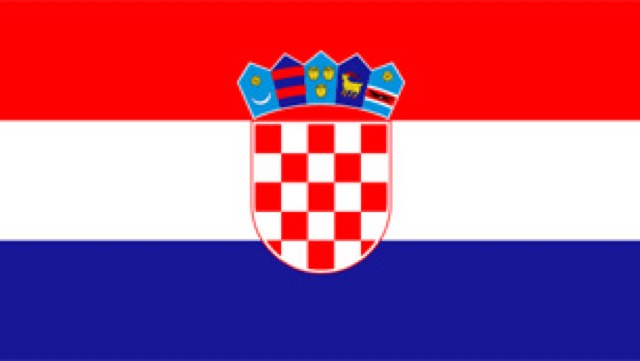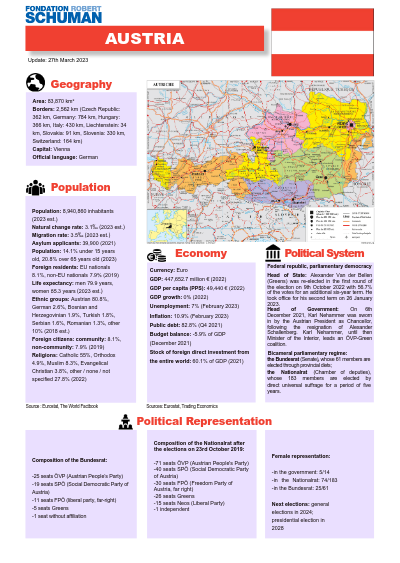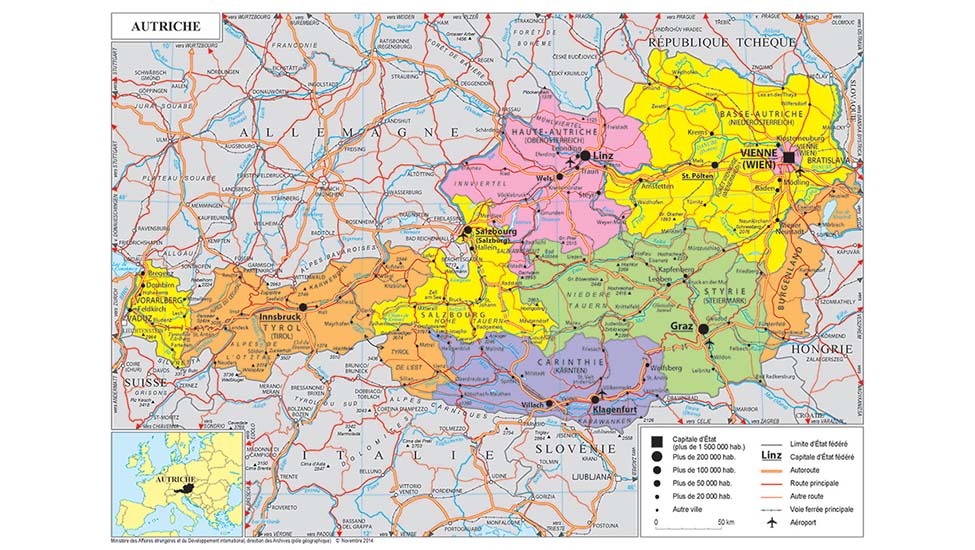
Geography
Area : 83,870 km²
Borders : 2,562 km (Czech Republic: 362 km, Germany: 784 km, Hungary: 366 km, Italy: 430 km, Liechtenstein: 34 km, Slovakia: 91 km, Slovenia: 330 km, Switzerland: 164 km)
Capital : Vienna
Official language : German
Flag
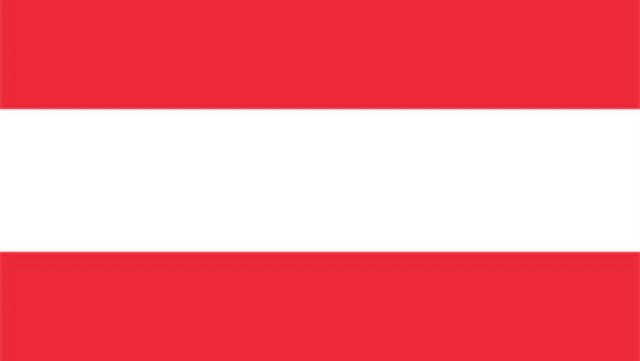
Population
Population : 9,198,214 (January 2025 est.)
Crude natural change rate : -1.3‰ (2023)
Population repartition: 14.4% under 15 years old, 19.8% over 65 years old (2024)
Foreign residents: EU nationals 9%, non-EU nationals 8% (2021)
Crude net migration rate: 7.2‰ (2023)
First time asylum applicants: 24,915 (2024)
Life expectancy: men 80.1 years, women 85.4 years (2024 est.)
Religions: Roman Catholic 73.6%, Orthodox 2.2%, Protestant 4.9%, other Catholics 0.2%, Muslim 3.5%, Alevi 0.7%, other 2.9%, none 12% (October 2024)
Source : Eurostat, Données mondiales, Statistics Austria
Economy
Currency: Euro
GDP: 481,940 million € (2024)
GDP per capita (PPS): 44,740 € (2024)
GDP growth : -1.2% (2024)
Inflation: 3.3% (June 2025)
Public debt: -4.2% of GDP (December 2024)
Unemployment: 6.8% (June 2025)
Stock of foreign direct investment from the entire world: 45% of GDP (2023)
Budget balance: -2.68% of GDP (2023)
Source : Eurostat, Trading Economics, OCDE, WIFO
Political system
Federal republic, parliamentary democracy
Head of State: Alexander Van der Bellen (Greens) was re-elected in the first round of the election on 9th October 2022 with 56.7% of the votes for an additional six-year term. He took office for his second term on 26 January 2023.
Head of Government: On the 3rd March 2025, Christian Stocker was sworn in by the Austrian President. As Chancellor, Christian Stocker leads an ÖVP-SPÖ-NEOS coalition.
Bicameral parliamentary regime: the Bundesrat (Senate), whose 60 members are elected through provincial diets; the Nationalrat (Chamber of deputies), whose 183 members are elected by direct universal suffrage for a period of five years.
Political representation
Composition of the Bundesrat in February 2025:
- 23 seats ÖVP (People's Party)
- 18 seats SPÖ (Social Democratic Party)
- 14 seats FPÖ (Liberal Party, far-right)
- 5 seats without a political group: 4 GRÜNE seats (Greens) and 1 NEOS seat (New Austria and Liberal Forum)
Composition of the Nationalrat in February 2025:
- 57 seats FPÖ (Liberal Party, far-right)
- 51 seats ÖVP (Christian Democratic People's Party)
- 41 seats SPÖ (Social Democratic Party, centre-left)
- 16 seats NEOS (New Austria and Liberal Forum)
- 16 seats GRÜNE (The Greens)
- 2 Vacant seats
Women's representations
- in the government: 6/14
- in the Nationalrat: 66/181
- in the Bundesrat: 27/60
Next Elections:
On The Same Theme
Country Sheet
Country Sheet
Country Sheet
Country Sheet
Country Sheet
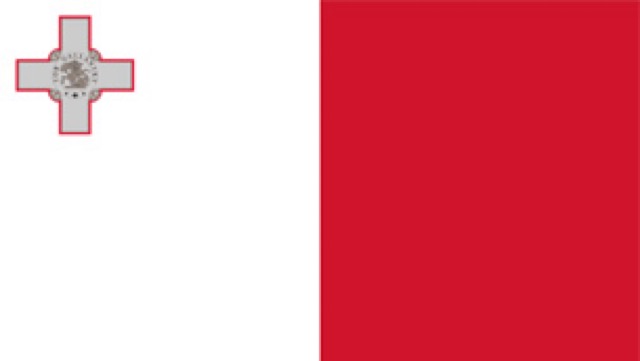
Country Sheet
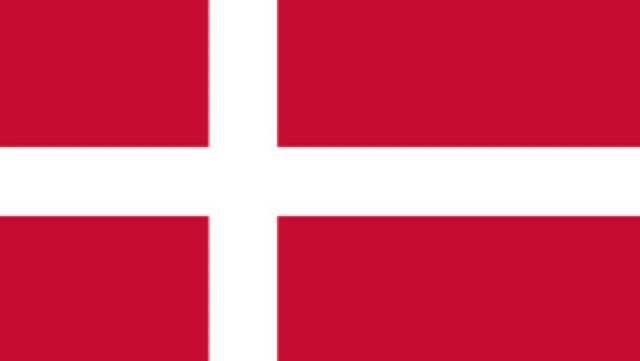
Country Sheet
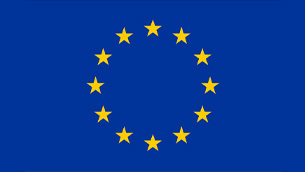
Country Sheet
